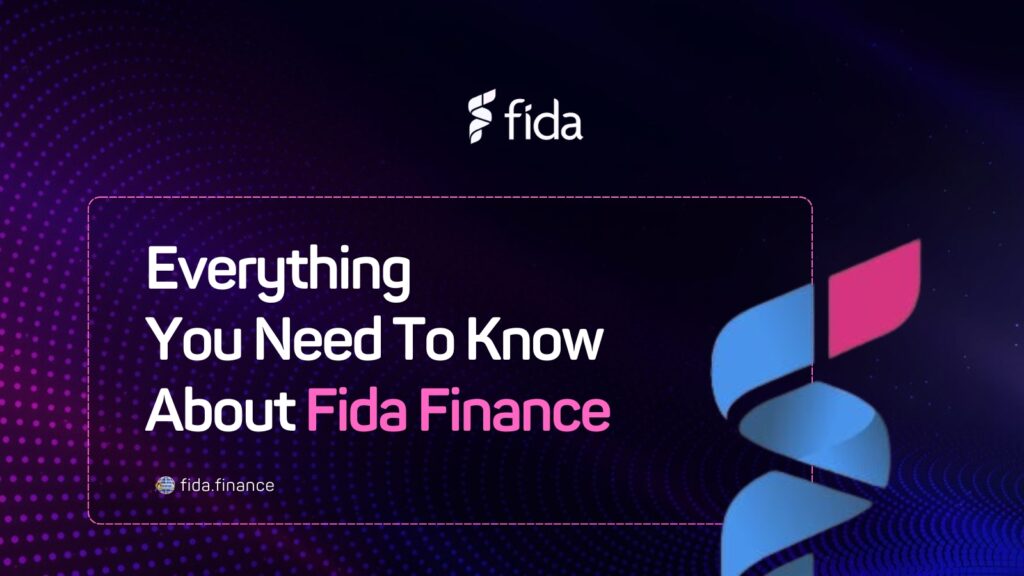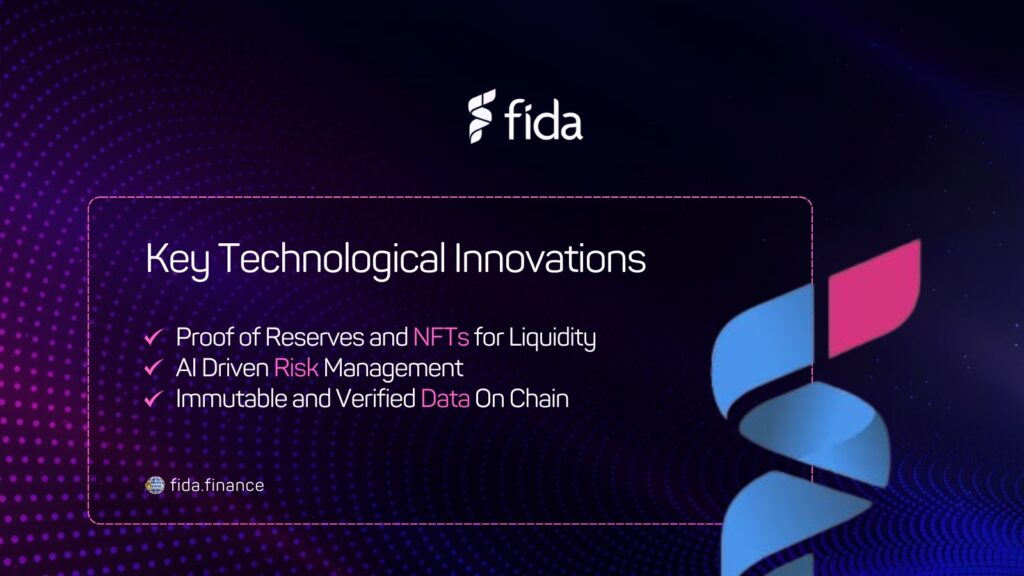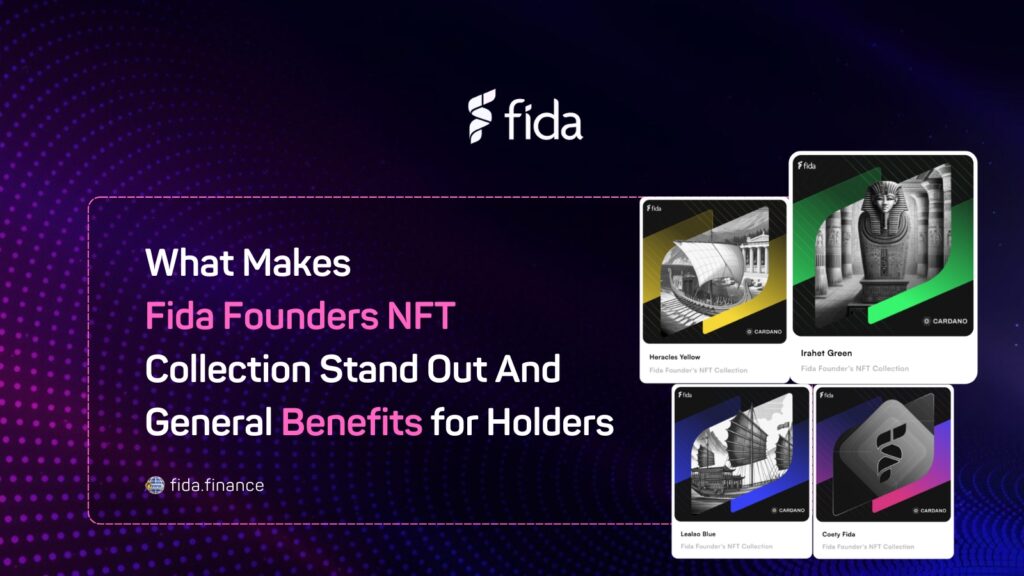The insurance industry as one of the oldest and most vital sectors in finance is facing a modern day dilemma. As operational costs skyrocket, companies struggle with outdated infrastructures, making their processes capital inefficient.
The sheer complexity of insurance transactions and regulatory demands often make it difficult to allocate capital efficiently, limiting liquidity options. In simple terms, traditional insurance is straining under its own weight, unable to keep up with technological and economic shifts. So, what’s causing this?
Running an insurance business isn’t cheap. Insurers face substantial expenses related to customer acquisition, policy administration, compliance, claims management, and more. These overheads ultimately lead to higher premiums for consumers and reduced profit margins for insurers.
Insurance relies heavily on maintaining significant reserves to cover potential claims. This means large sums of money are held as idle capital, generating minimal returns. For companies, this is like parking money that could be working for them elsewhere.
Finding liquidity and ensuring there’s enough cash flow to meet policyholder demands remains a complex problem. Whether due to economic uncertainty or legacy systems that can’t adapt to dynamic financial needs, traditional insurers often struggle to balance their books effectively. But this isn’t where the story ends.
Key Takeaways
- Unlike traditional insurance, Fida operates on blockchain, reducing reliance on intermediaries and enhancing transparency.
- Funds pooled in decentralized insurance systems generate returns through DeFi, enhancing capital utilization.
- Fida Founders NFT holders can commit to new policies early, allowing them to tailor portfolios with optimal risk profiles.
Filling the World’s Insurance Hole
Fida is focused on closing $1.8 trillion global insurance gap by offering a platform that makes insurance more liquid, transparent, and responsive to the real world needs of policyholders and investors alike. By doing so, it seeks to create a win-win scenario where both insurers and insured parties can benefit from a more efficient, accessible insurance system.
The $1.8 trillion global insurance gap refers to the estimated shortfall in coverage needed to fully mitigate global risks, including natural disasters, health, and mortality. This significant gap has grown by approximately 20% from $1.5 trillion in 2018 to $1.8 trillion in 2022, highlighting an increased demand for insurance amid economic challenges and rising inflation
What is Fida Finance?

Fida Finance is a platform that’s redefining insurance through blockchain technology and DeFi principles. It tackles real problems insurers face by providing a framework that enhances operational efficiency, boosts capital utilization, and ensures liquidity.
One of Fida Finance’s core strengths lies in its ability to automate and streamline processes through smart contracts. Unlike traditional systems that rely on manual oversight and third party intermediaries, these self executing contracts operate on the blockchain, enforcing terms and managing payouts with minimal human intervention. This automation slashes administrative costs, reduces errors, and speeds up the claim process.
For insurers, this means saving money. For policyholders, it means cheaper and more transparent insurance. By cutting down on middlemen, Fida Finance redefines how much work and expense goes into each transaction. Just like traditional model, large pools of money sit in reserve, barely generating returns. Capital is pooled from a global network of users rather than restricted to a single entity. This distributed model allows capital to be used more effectively as funds can be lent or staked in the DeFi space to generate yield.
Fida Finance uses advanced algorithms to balance its reserves based on real time data. This means capital isn’t just sitting around but is actively managed for growth and liquidity. What does this mean in practice? The company’s model transforms dead capital into active assets, making it far more efficient than traditional insurers’ balance sheets.
Liquidity is the lifeblood of any insurance firm and without it, claims processing slows down, destroying trust and reputation. Fida’s decentralized approach means liquidity isn’t bottlenecked by outdated systems or limited capital from a single entity.
By sourcing funds from a broad base of contributors, liquidity is not only sufficient but more stable. The platform’s use of smart contracts ensures quick access and distribution of these funds. Fida Finance employs yield generating strategies within its ecosystem. Contributors to the pool earn returns, incentivizing more participation and ensuring there’s always liquidity available when needed.
The Key Technological Innovations of Fida Finance

Fida introduces Proof of Reserves to maintain transparency, enabling users to verify that sufficient assets back each insured risk. Additionally, Fida leverages NFTs in the form of Insurance Linked Securities (ILS NFTs) to represent liquid assets that can be traded, pooled, or leveraged, enhancing the flexibility of capital allocation within the system.
Artificial Intelligence plays a central role in Fida’s risk management. AI is integrated into the platform to analyze risk factors, deliver diversification scores, and assist users in making informed decisions when managing their portfolios. This AI backed risk assessment provides stable, verifiable data for risk prediction, adding an extra layer of reliability to the protocol.
Fida enhances the stability and transparency of its risk models by storing verified data on chain. This ensures that all predictions and risk analyses are available to participants, creating an environment where users can make decisions based on verified data rather than assumptions or incomplete information.
Introducing the Fida Founders NFT Collection

Fida Founders NFT Collection is a carefully crafted utility tool that integrates seamlessly with Fida’s insurance ecosystem, providing unique advantages that enhance participation for investors, insurers, and brokers alike. Unlike typical NFTs that serve solely as collectibles or art pieces, the Founders NFTs are designed with tangible utility at their core.
- NFT holders gain private testnet access, allowing them to explore platform features and contribute through feedback.
- Ownership of these NFTs grants enhanced staking rights, with a staking boost of 2% to 12% (depending on the NFT type), which increases the effective amount staked in the system.
- As the network decentralizes, 100 NFT holders will have the opportunity to operate Fida nodes.
- NFT holders can participate in early commitment rounds for new policies, allowing them to customize their portfolio with ideal risk profiles and investment strategies.
- Policies from NFT holders are marked as founder’s policies, which improves their chances of being filled and stands out against competing policies.
With the Fida Founders NFT Collection, Fida Finance has created an asset that integrates real world utility with the expansive potential of Web3. This is more than just owning a digital asset, it’s a commitment to participating in a future where insurance is transparent, efficient, and open to everyone.










